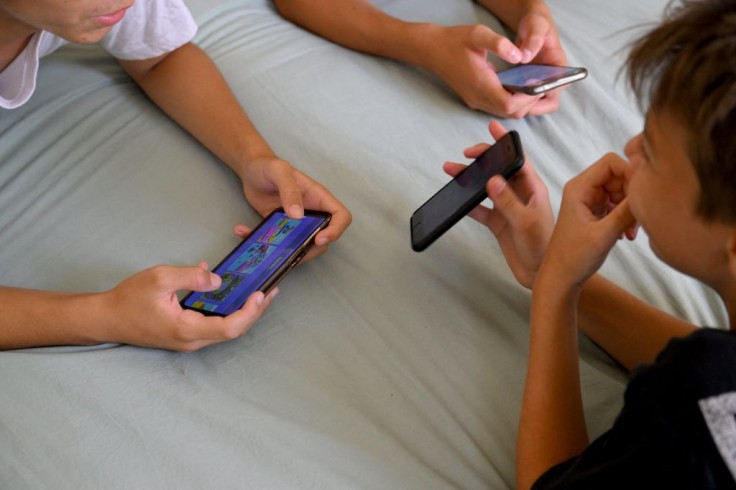
A study published recently in the journal Frontiers In Psychology showed that many teenagers could not distinguish between fake and accurate health-related messages.
Researchers at Comenius University in Slovakia presented a series of messages regarding the health benefits of specific fruits and vegetables to 300 students in Slovakian secondary schools in the 16 to 19 age bracket.
The teen students were asked to rate the trustworthiness of each message. Some of the health-related messages were real, and others were fake. Some factual statements were changed in ways that previous research has shown reduce their credibility. They were written in a clickbait style, with grammar mistakes, superlatives, authority appeal, or bold typeface.
Teens unable to distinguish between real and fake messages
The adolescents were also asked questions to gauge their analytical thinking, media literacy, and scientific reasoning so that researchers could control for these particular factors.
One encouraging finding from the research is that 48 percent of participants rated real messages as more trustworthy than fake ones, according to HuffPost. However, 41 percent of those who participated in the study could not distinguish between genuine and fake messages. They rated real messages as only marginally more trustworthy than fake messages. Eleven percent of the teen participants rated fake messages more reliable than real ones.
Researchers found that the editorial alteration of the health-related messages did not impact the teenagers' perception of their trustworthiness, with one notable exception.
Radomír Masaryk, the study's principal investigator, said in a press release that the only version of a health message that was significantly less trusted than an actual health message was a message that contained a clickbait headline.
Overall, the study results suggested that many teenagers were vulnerable to fake messages or misinformation that is spread online-the authors of the study point to the need for more education in media literacy for teens.
Read Also: Shia LaBeouf Reveals His Mother Died Back in August, Tells Story About How Mom Introduced Him to God
Urgent need to teach kids and teens media literacy
Masaryk said that as adolescents are frequent internet users, they usually expect that teens already know how to approach and appraise online information, but the opposite seems true.
There is an urgency to teach teens and kids the skills they need to evaluate the credibility of online sources of information and news, given the alarming spread of health-related misinformation surrounding the COVID-19 pandemic.
These particular skills are often referred to as media literacy, and there is a growing movement in the United States to mandate instruction of it in American schools.
Olga Polites, a former high school English teacher who is the New Jersey chapter leader of Media Literacy Now and currently an instructor at Rowan University, said that when the coronavirus hit, many educators saw the manifestation of misinformation among some teenagers via their choices regarding wearing masks and getting vaccinated.